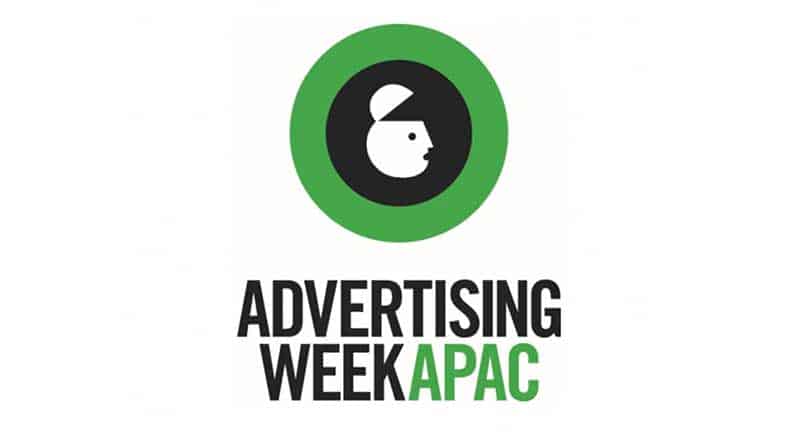Technology is evolving at a pace unseen before at any point in human history, and for those who are willing to take advantage of it, the opportunities are endless. With the widespread use of opt-in data sharing and web3 just around the corner, digital marketers and the brands they work with are at the forefront of this evolution.
Mediaweek caught up with Suzie Cardwell, News Corp general manager client product & strategy, at Advertising Week APAC.
On her Advertising Week panel, Cardwell spoke about the movement towards an opt-in internet when it comes to shared data. In a digital advertising context, the phrase means that a user will take affirmative action to give their consent to their data being used to provide a more individualised experience online.
As consumers learn more and more about how data is used – and begin to expect a choice in how theirs is used – Cardwell says that marketers need to keep in mind that there are different ways of thinking about data.
“There are some consumers who are very happy for platforms, media owners, and marketers to take their data and use it for targeting or insight. It’s not anywhere near top of mind. There are other groups of consumers, though, for whom that choice is going to be important.
“When we’re approaching how we think about managing consumer consent, and the way that we use that consent, we’ve got to be cognisant of these groups of people.”

Unfortunately for marketers, it’s not as simple as just asking people to share the information needed to make their online experience more personalised. A particularly formidable statistic spoken about at Advertising Week panels is that 86% of consumers want a more targeted online experience, but only 25% are willing to provide the relevant data to make that happen.
Looking to the future, Cardwell says there will likely need to be a consumer education movement around any data collecting activity, to make sure that people know how their information will be used.
“There’s not necessarily a clear line between collecting data and getting relevant, targeted information. There’s definitely a disconnect and a lack of understanding – and unsurprisingly, so. If you don’t work in marketing and advertising and media, it’s not something that you think about on a day-to-day basis.”
No matter how many people are opting in or out, Cardwell says that there is one overarching point that the industry will need to focus on moving forward.
“One of the things I think is really, really important as we look at opting in and starting to manage consent, is that any requirement to do so – whether it’s coming from consumers or other places – gets applied evenly.
“Platforms do not require opt-in for things like targeted advertising or data collection. As we start to think about this in our area of the world, we need the same thinking and the same expectations to be applied to all platforms.”
Web3 and Industry Trends
Whilst there are still hurdles for marketers to overcome on the current internet, the future increasingly looks to be the web3 world of blockchains, cryptocurrencies, and NFTs.
“Web3 technology definitely has the potential to help us build some really great new consumer experiences,” says Cardwell.
“Some of the early experiments in places like Decentraland and the Metaverse start to point to where we could take it. Marketers are building their own virtual experiences, and in terms of garnering engagement, it’s time for brands to start to think about how they can use those spaces.”

A selfie Mark Zuckerberg posted of himself in the Metaverse
When asked what trends the industry should be focussing its attention on, Cardwell says that NFTs are worth keeping an eye on.
“In terms of the NFT space and applications for that, playing around and starting to experiment there will bring some really interesting opportunities.”
On the flip side of the coin, however, there is a particular area that Cardwell believes the industry should shift its focus away from: attention measurement and figuring out how to trade on attention.
“As an industry, we don’t have a settled and consistent way of measuring attention, and we’ve got a number of different providers who are currently using different methodologies to do that. Therefore, we don’t necessarily have a way for us to agree with a client on exactly what attention looks like.
“We need to agree on exactly what attention looks like and whose definition we’re going to use if we’re going to start to trade on it.”
Looking Ahead
With so many changes on the horizon for digital marketers and the brands they work with, Cardwell says that there are both short term and long term challenges for the industry to face.
“Very short term, we’ve got to navigate this period of uncertainty as marketers figure out where and how much they should be investing with consumer sentiment where it is.
“Longer term, what we all have to work towards as an ecosystem is measuring the effectiveness of advertising in all of our different environments – based on the business outcomes that a client is looking to drive, not based on a particular media metric. We’ve got to be focused on what a campaign across different channels drives in terms of brand uplift, consideration, and sales for a brand. We all talk about that, but we’ve got to get to the point where that’s how we’re measuring ourselves.”
